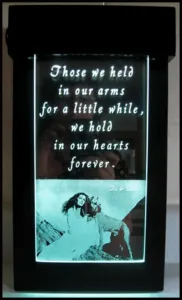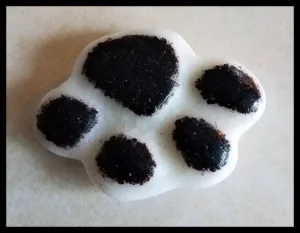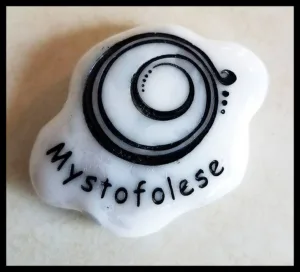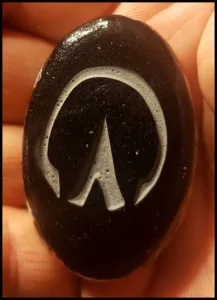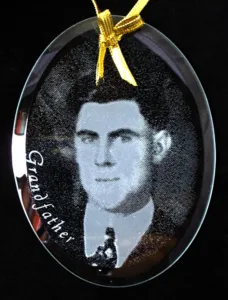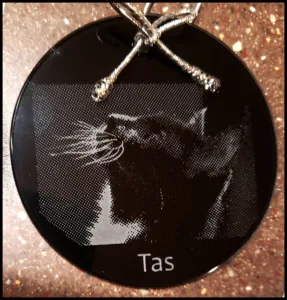Creating memorial items can be very rewarding. There are some difficulties, though, due to the high emotions of the client and the varied options available to receive our etching. In this article I offer the maps, if you will, that I use to help navigate my way to an understanding of what best suits the client’s ideas.
It starts with providing a bit of time and a willingness to just listen as they talk about the subject for the memorial piece. I have a checklist of questions to be addressed, most of which are answered organically during the conversation. Here they are, in no particular order:
1) Subject – family or friend? Human or animal? Or perhaps a tradition, era, close group disbanding?
2) Details – age, relationship, pastime, etc.
3) Budget – how much is the client comfortable spending?
4) Number of pieces required – who are they for and why?
5) Location of display – size of space, lighting, hanging or standing, etc.
6) Amount of attention desired – personal and private? Or high impact?
7) Is color or texture desirable?
8) Due date – a gathering? Holiday or anniversary?
With a small bit of encouragement the memories just flow and can give us direction.
The next navigational tool I like are photos of previous work. Presented here are examples of favorites that inspire, all inspired by clients.
1) Ornaments – beveled clear glass, optical crystal, and color backed are perfect for multiple recipients. Including a names and/or nicknames add a personal touch.
2) Award blanks make perfect reminders of shared passions.
3) Optical crystal and crystal clear glass inserted into an LED lit base illuminates the etching to create a soothing night light.
4) Incorporating a client’s original artwork into a stained glass composition never fails to delight.
5) Pocket Stones created from fused glass castings, customized to the color of the pet, a design of choice, a name, etc. These designs are often filled with paint for contrast.
6) Using the client’s glass – there are times I have been requested to etch on some glass provided by the client due to sentimental reasons. I try to honor those requests, but some pieces just aren’t suitable. I can often direct to a compatible piece as a complement.
Now for some production tips and tricks that I use to work as efficiently as I can… I love using photoresists, in particular Ikonics Imaging products and equipment, so some of these ideas come directly from troubleshooting conversations with them.
Atmosphere dryness can be alleviated in several ways.:
1) A very light mist of distilled water helps to soften the adhesive of the Rapid Mask High Detail, making positioning less problematic, and eases the pressing out of air bubbles for perfectly smooth adhesion.
2) Leaving the stencils to set for a few hours, if possible, reduces blow-off and lifting significantly. This is true of all the resists I employ, whether photoresist, vinyl, or PVC.
3) A small tabletop vaporizer has been a surprisingly effective addition. I use a soft, cool mist to rehydrate the stencils, particularly the UltraPeel, and keep the surrounding air soft.
4) Using a second stencil for added names/text, especially on small or rougher textures (i.e. previously etched surfaces, castings, or some art glass) allows better contrast with fewer mistakes; 4-mil vinyl or PVC stencil material is my favorite for these.
5) When adding paint, leaving the stencil in place after a quick rinse and blot dry has significantly reduced cleanup time. But I do suggest removing the stencil within 24 hours. Then allow the paint to cure another day or so, depending on humidity, before final clean up. This is true of Testor model paints, and gold or silver leaf paint.
Lastly, a few words about memorializing the passing of a time or an era. Perhaps a family tradition or a reunion setting is lost. Maybe an event is no longer happening, or close-knit groups are disbanding, like sports teams, military companies, scouts, musical groups, traveling friends, theater companies, and so forth. I have found drinkware a successful offering to these groups.
In following any map, the destination must be kept in mind. What is the objective of a memorial item after all? For me, it is to lighten a heavy heart with a bit of sparkle and the conjuring up of happy memories. While not always the most lucrative of commissions, certainly some of the most satisfying.


